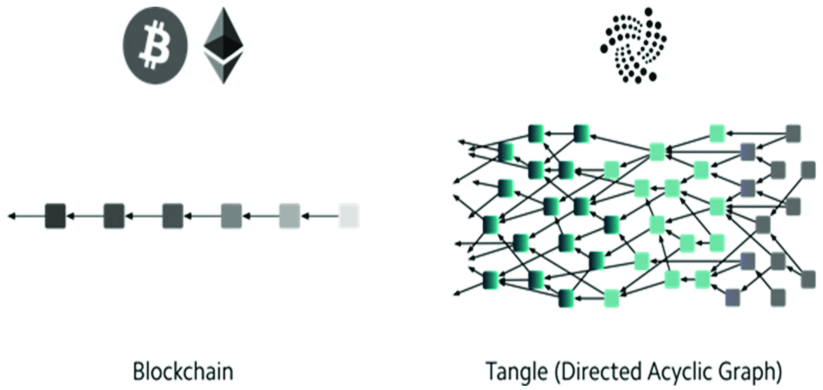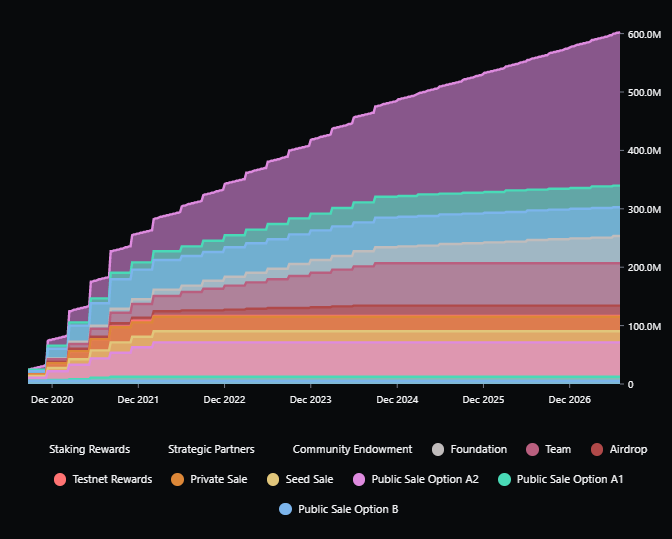Avalanche is a smart-contract enabled layer-1 blockchain that offers low cost high-speed transactions.
Avalanche targets three types of clients:
- Users who want to transfer crypto assets rapidly and economically.
- Developers who want to build application-specific blockchains, whether private or public,
- and institutions, enterprises, and governments looking to integrate digital services such as digital identity processes, document tracking, or issue Central Bank Digital Currency (CBDC).
This article will guide you through all the aspects of the Avalanche blockchain, one of the most talked about DeFi ecosystems in 2022.
Avalanche: Protocol Overview
Avalanche started as a research project in 2018, led by an anonymous group of developers called Team Rocket. That year, Emin Gün Sirer, a software engineer and professor of computer science created Ava Labs to take on the project alongside a team of researchers from Cornell University.
Ending the research stage in late 2019, Ava Labs held several private and public sales to raise money for the development of the blockchain. 360 million AVAX were minted and sold at $0.30 during the seed sale, $0.50 during the private sale, and $0.85 during the public sales.
The Initial Coin Offering ended in July 2020, raising over $40 million. In April 2022, Ava Labs started a fundraise to reach $5 billion in valuation.

How Does Avalanche Work?
Avalanche is a layer-1 blockchain that uses AVAX, the native token, to power the entire ecosystem.
On the other hand, Layer-2s, such as the Polygon protocol, are chains that sit parallel to the base blockchain to help extend the network’s capacity regarding throughput and scalability.
The Avalanche network is divided into three chains. While each chain carries out specific tasks, newcomers to the protocol are usually confused about which one they should use.
The Exchange Chain (X-Chain):
The x-chain allows users to send and receive funds and pay for transactions using AVAX.
For example, if you want to deposit/withdraw AVAX on Binance using your Avalanche wallet, you’ll have two options: Avalanche (which is the x-chain) and c-chain.

By now, it should be clear that choosing the c-chain instead of the x-chain will result in losing your funds, with no chance of retrieving them.
Moreover, the x-chain is interoperable with Avalanche’s subnets (we’ll explain this in another section) and allows users to create “digital smart assets,” including digital representations of real-life stocks, commodities and resources such as equity or bonds.
The Contract Chain (C-Chain)
The c-chain is for DeFi purposes. It allows users to create smart contracts compatible with the Ethereum network. Note that the c-chain uses an address with a similar string as Ethereum, commencing with 0x, and it’s compatible with MetaMask.
The Platform Chain (P-Chain)
The p-chain allows users to stake AVAX to become validators (the minimum number of tokens a validator must stake is 2000 AVAX). The chain monitors and coordinates all validators on the Avalanche ecosystem and distributes the rewards to both validators and delegators.
The p-chain also enables developers to create new subnets and keep track of their performances.
Avalanche Subnets
Avalanche allows developers to create subnets: sovereign blockchains that can issue their tokens and their respective economics, such as distribution and network fees.
Overall, developers can customize their subnets according to their needs and set their own rules regarding governance and DAOs (decentralized autonomous organizations), security properties, membership, and virtual machines.
Validators on subnets are a subset of validators of the Avalanche network that work together to reach consensus on one or two subnets. However, a subnet may require validators to meet certain conditions and requirements. For example, passing a Know Your Customer (KYC) check and proving they are located in the country they claimed to be.
Avalanche Proof of Stake and the Snowman Protocol
Avalanche uses the Proof-of-Stake (PoS) consensus algorithm. It relies on thousands of users that act as validators, also called network nodes. These validators need to stake a certain amount of AVAX before being able to vote and validate new transactions coming into the blockchain.
However, Avalanche’s PoS mechanism is DAG-based.
Avalanche’s x-chain achieves its high transaction throughput via a mechanism called DAG (Directed Acyclic Graph). The DAG is a form of distributed ledger technology that structures data differently from the blockchain.
A DAG consists of vertices and edges that allow transactions to be recorded on top of previous transactions. In other words, all new transactions must reference a previous one to be successfully confirmed instead of being gathered in a block, as shown in the image below:

Only a few DeFi protocols use the DAG system to enhance throughput. One popular example is Fantom.
By contrast, the p-chain and the c-chain use the snowman protocol (which is blockchain-based) to provide sequential ordering. The rationale here is that both chains need absolute ordering of all dApps and smart contracts created within and orchestration of validator nodes.
AVAX Token: Utility and Governance
AVAX has three use cases:
- Act as the basic unit of account for exchange across the Avalanche ecosystem, including subnets.
- Pay for transaction fees.
- Stake AVAX to participate in the network and vote on governance proposals.
AVAX Token Distribution
AVAX has a capped supply of 720 million, with 360 million remaining on the mainnet. The circulation —the number of tokens in public hands— is 284.4 million at the time of writing, according to CoinMarketCap
The AVAX token distribution is as follows:
- Founders and project:19.3%
- Shareholders: 16%
- Rewards and airdrops (pre-mined stage): 64.7%
AVAX is an inflationary token, and the governance protocol can decide to change certain parameters, including the inflation rate. For example, in November 2021, the inflation rate was over 35%; as of August 2022, 24.64%. The rationale here is to adjust inflation emissions according to changing economic and market conditions.

Avalanche Ecosystem: What dApps are on Avalanche?
There are over 300 dApps of all kinds on Avalanche at the time of writing. The top four most popular are:
- Trader Joe: a popular one-stop decentralized platform for trading, lending, borrowing, farming and staking cryptocurrency.
- Aave: a cryptocurrency platform built on the Ethereum blockchain. It allows users to lend, borrow and earn interest on their crypto funds.
- Benqi: Avalanche’s leading staking protocol with over $300 million in Total Value Locked (TVL).
- Pangolin: a decentralized exchange (DEX) that allows cross-chain transfer between Avalanche and Ethereum at high throughput and low transaction fees.
Where Can You Buy AVAX?
AVAX is widely popular in the crypto community, so you won’t have to dig that much to buy the token. You can find it on popular centralized exchanges such as Binance, Gate.io, Kraken and Coinbase.
Final Thoughts: Avalanche: The Fastest Layer-1 Protocol
Avalanche is one of the largest decentralized platforms with over $2.2 billion in TVL at the time of writing. It’s a widely discussed layer-1 protocol in the crypto community. Its core features attract a diverse audience: from everyday traders and investors to blockchain developers, validators, and digital assets institutions interested in its technological stack.






